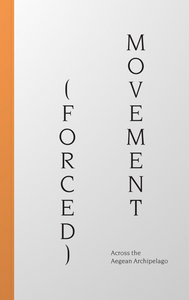Solitary Sex: A Cultural History of Masturbation
Thomas W. Laqueur

This is the first cultural history of the world’s most common sexual practice: masturbation. At a time when almost any victimless practice has its public advocates and almost every sexual act is front-page news, the easiest and least harmful one is embarrassing, discomforting, and genuinely radical when openly acknowledged. But this has not always been the case. The ancient world cared little about masturbation: it was of no great concern in Jewish and Christian teaching about sexuality. In fact, as Thomas Laqueur dramatically shows, solitary sex as an important medical and moral issue can be dated with a precision rare in cultural history: the solitary vice, self-pollution, or self-abuse came into being around 1712. A creature of the Enlightenment, masturbation at first worried not conservatives — for whom it had long been but one among many sins of the flesh — but rather the progressives who welcomed sexual pleasure but struggled to create an ethics of self-government. The first truly democratic sexuality, masturbation was of ethical interest to both men and women, young and old.
Solitary Sex explains how and why this humble and once obscure means of sexual gratification became the evil twin of the great virtues of modern commercial society: individual moral autonomy and privacy, creativity and the imagination, abundance, and desire. It shows how a moral problem became a medical one, how some of the most famous doctors of the eighteenth and nineteenth centuries were convinced that solitary pleasures killed or maimed. In the early twentieth century, Freud and his successors transformed this tradition: masturbation defined a stage in human development, the foundational sexuality that culture transformed for its own purposes. And, finally, in the late twentieth century, masturbation became for some a key element in the struggle for sexual, personal, and even artistic liberation. Working with material from the prehistory of solitary sex in the Bible to third-wave feminism, conceptual artists, and the World Wide Web, historian Thomas Laqueur uses medical and philosophical texts, as well as diaries, autobiographies, and pornography to tell the story of what has become the last taboo.

















































